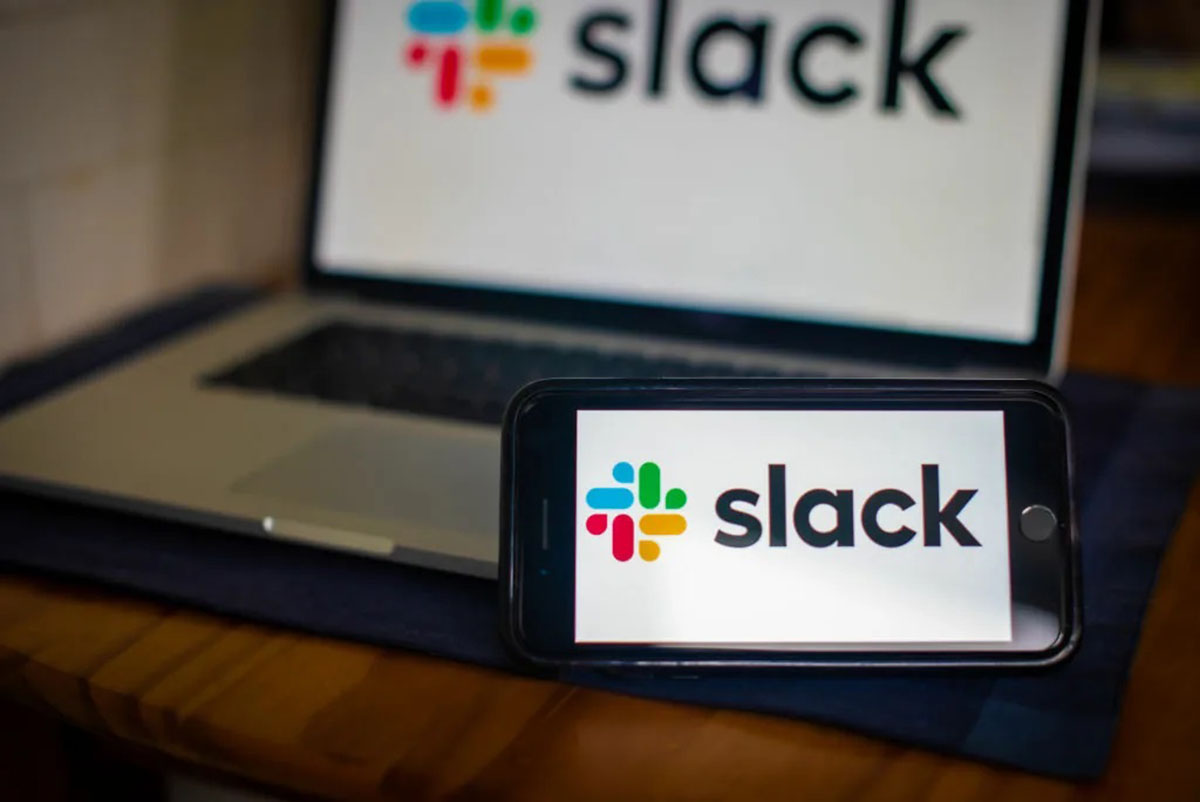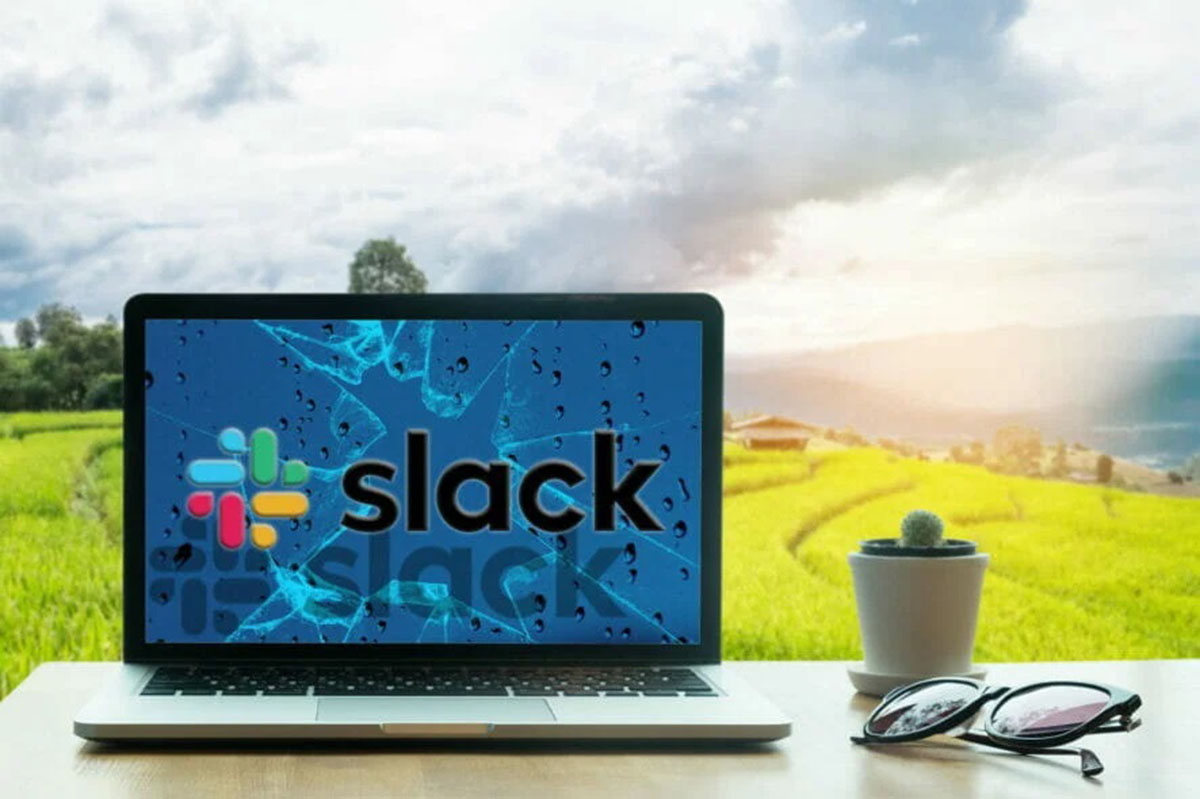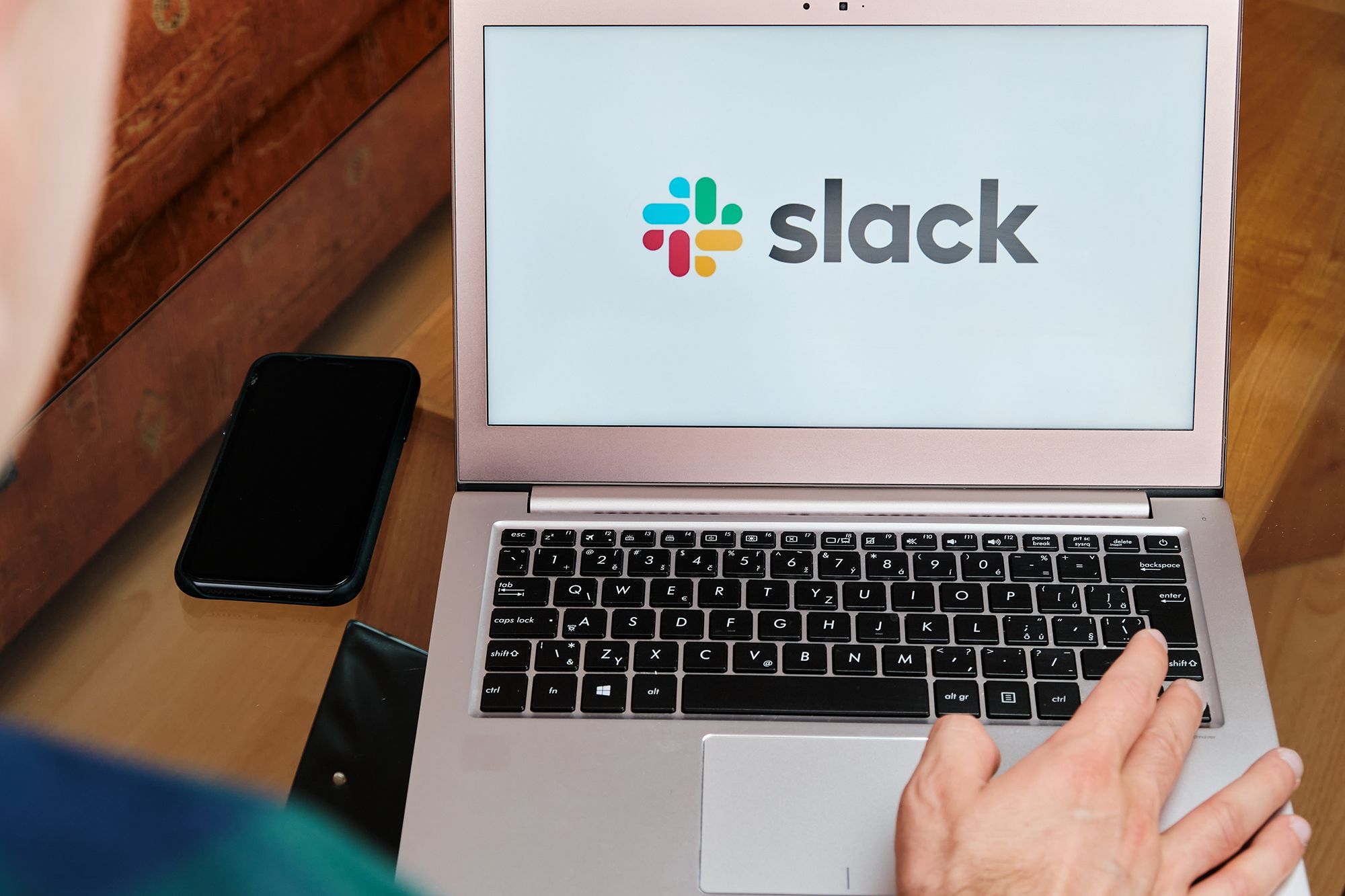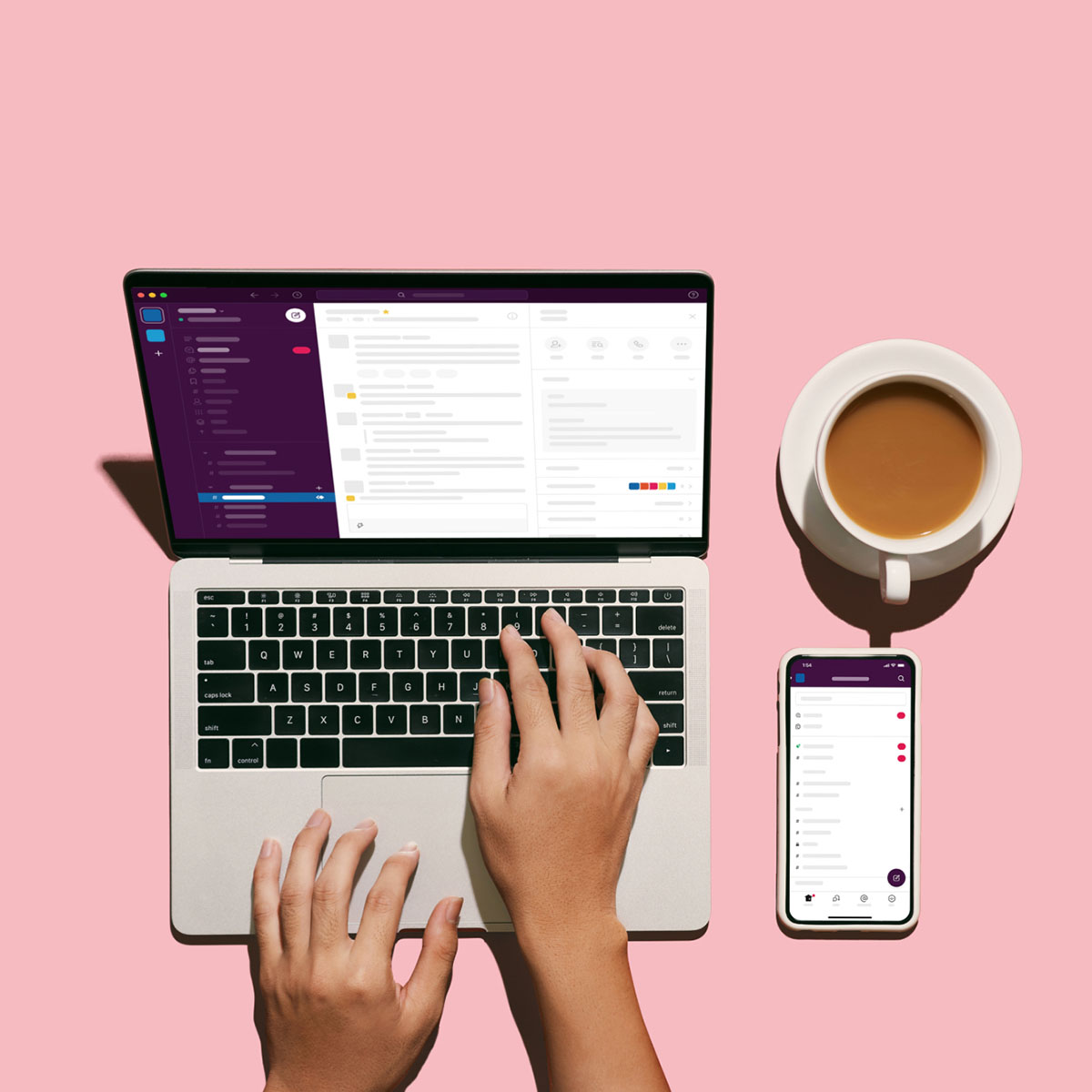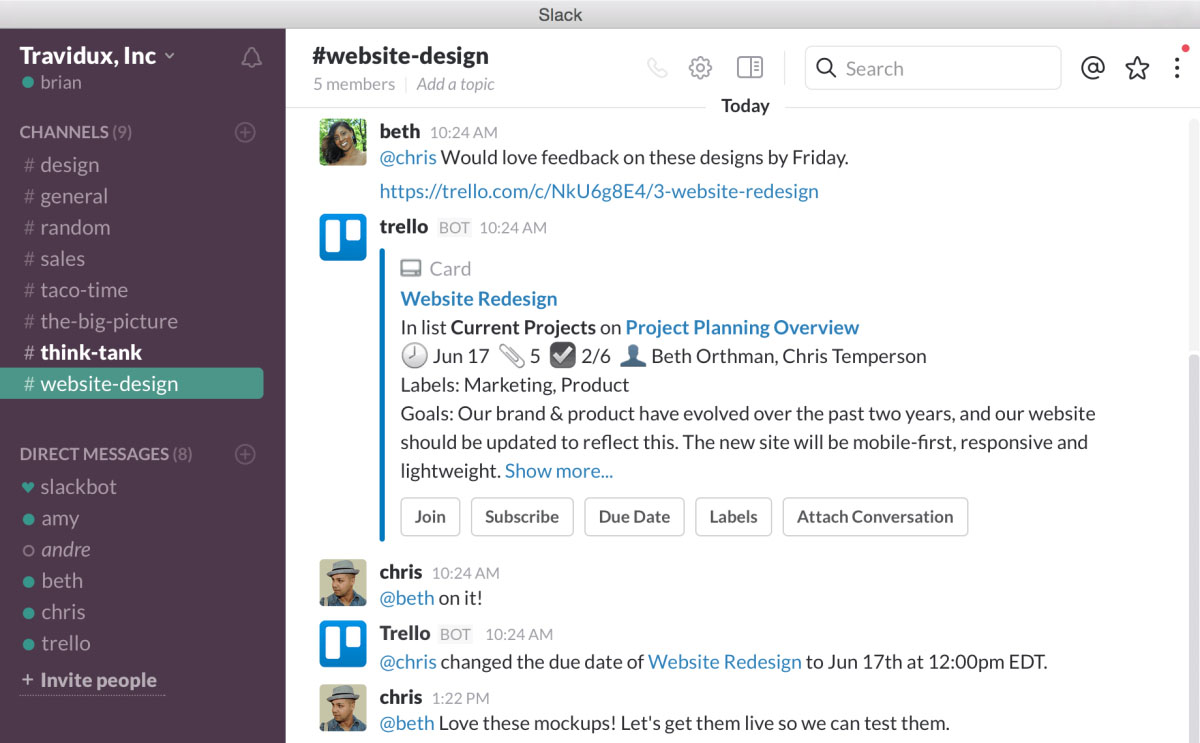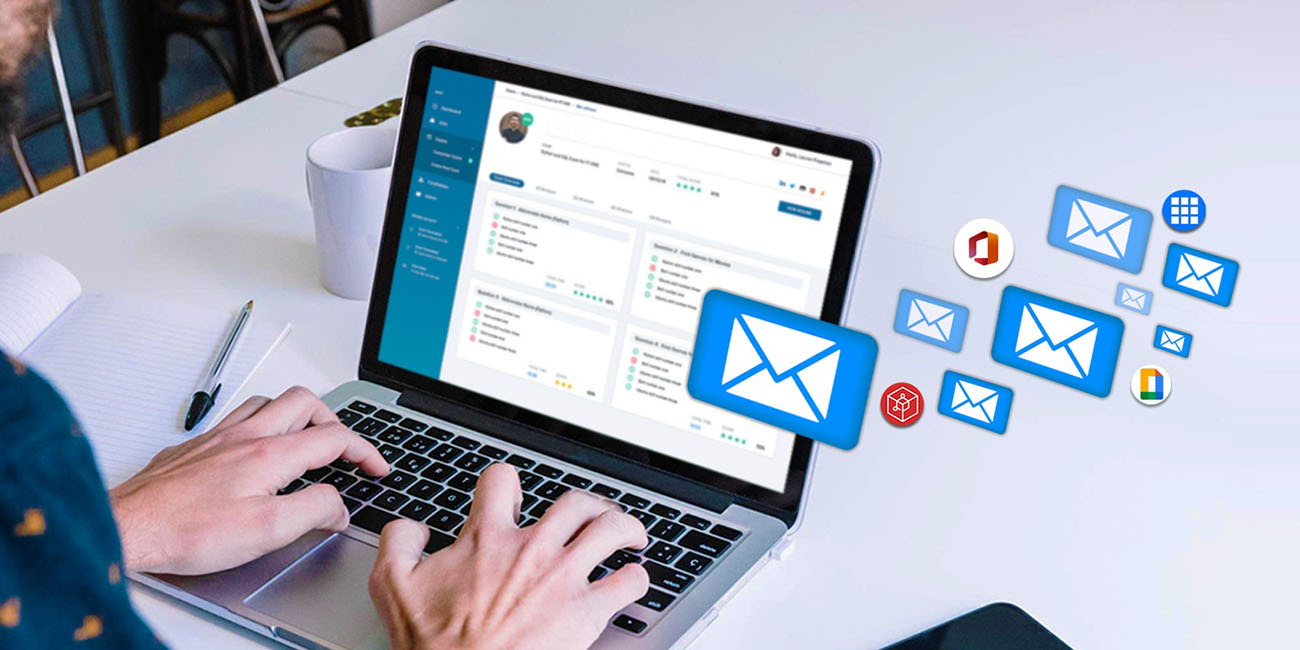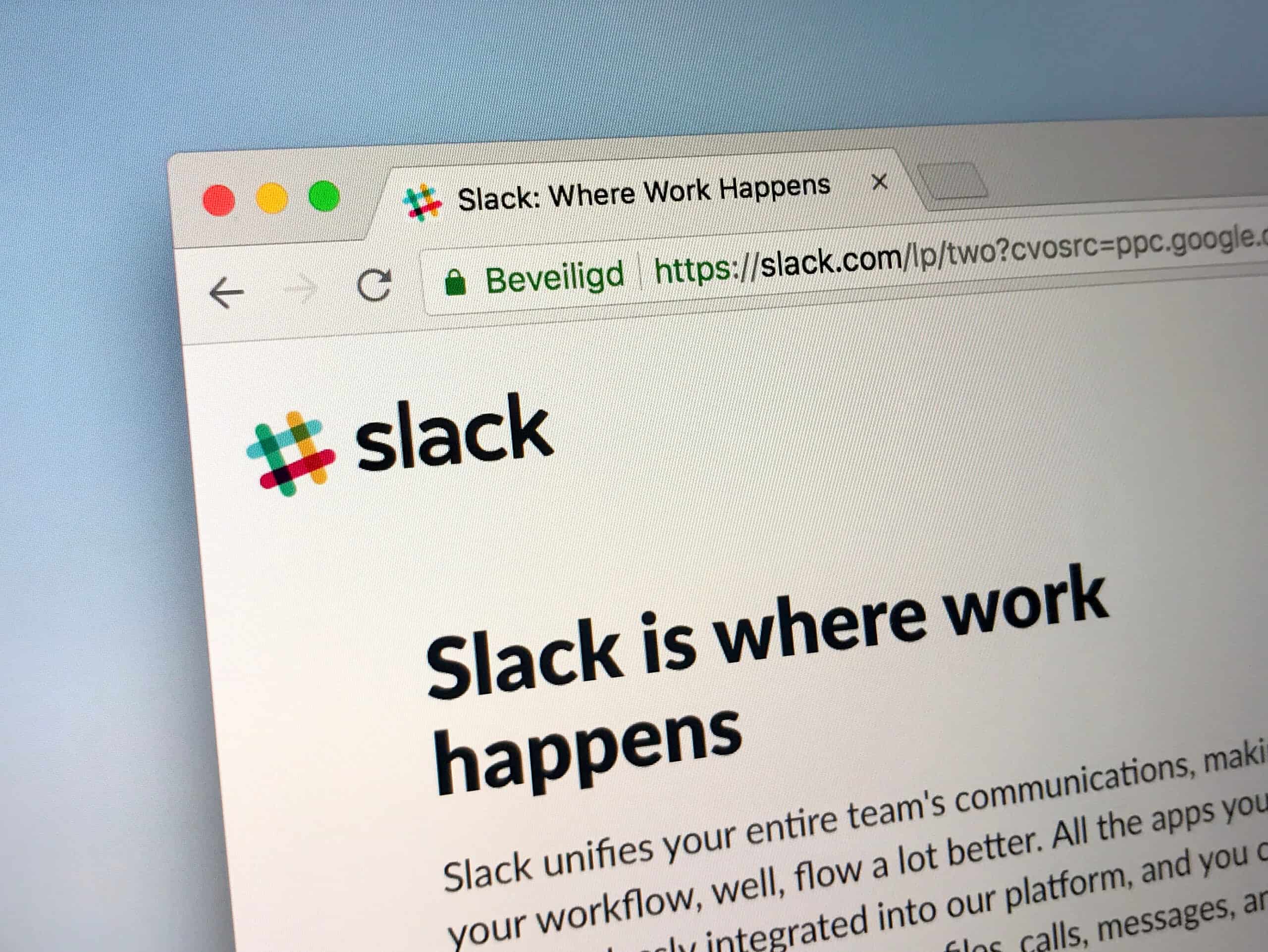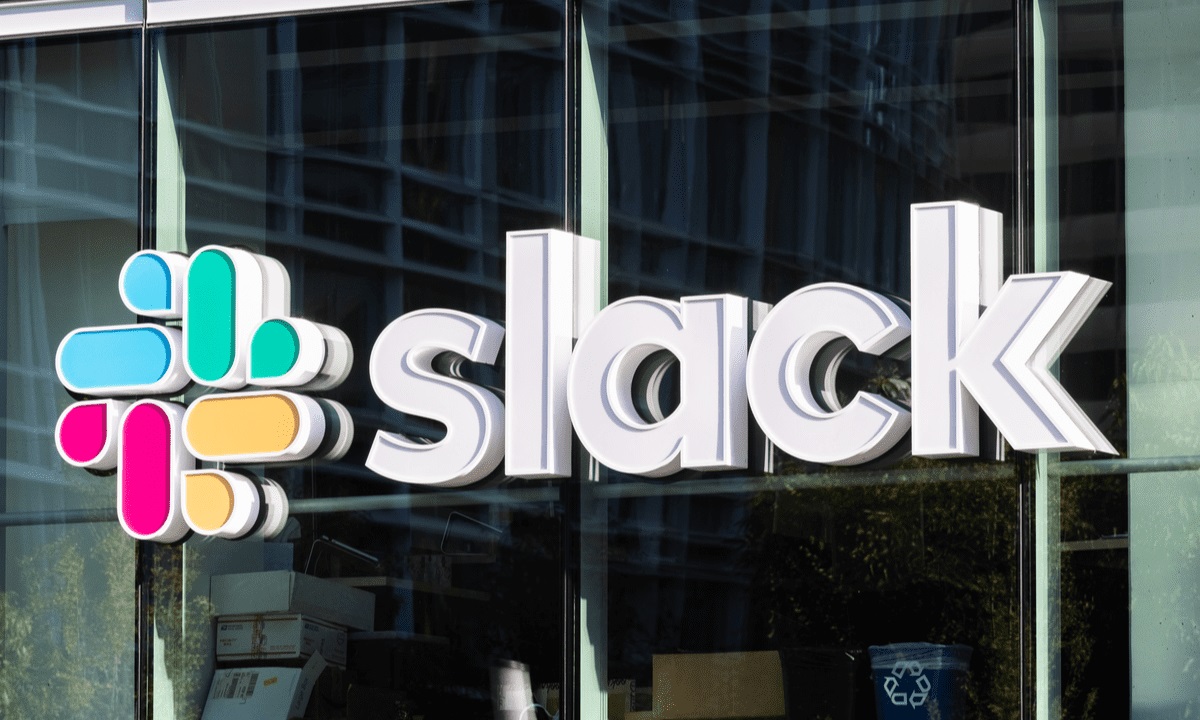Introduction
Slack is a popular collaboration platform used by teams around the world to communicate and stay organized. With its intuitive interface and robust features, Slack has become the go-to tool for real-time messaging, file sharing, and project management. One key aspect of using Slack effectively is knowing how to reply to messages. Whether you need to respond to a direct question, provide feedback, or offer support, understanding the various reply options available can greatly enhance your communication within Slack.
In this article, we will explore the different ways to reply to a message on Slack, including inline replies, threaded replies, and direct message replies. We will also provide tips on crafting effective message replies to ensure clear communication and smooth collaboration with your teammates. By mastering the art of replying to Slack messages, you can streamline your workflows, resolve issues faster, and foster stronger team connections.
So, if you’re ready to level up your Slack game and become a messaging maestro, let’s dive into the world of Slack message replies and discover the best ways to engage with your colleagues!
Understanding Slack Messages
Before delving into the intricacies of replying to messages on Slack, it’s important to have a good understanding of how Slack messages work. Slack messages are the primary mode of communication within the platform and can take various forms, including text, images, files, and even emojis.
Messages in Slack are organized into channels, which can be either public or private. Public channels are open to all members of a team and provide a space for team-wide discussions, announcements, and updates. Private channels, on the other hand, are limited to specific members and are ideal for confidential conversations or project-specific discussions.
In addition to channels, Slack also allows for direct messages (DMs) between individuals or groups. These DMs provide a more private and focused space for one-on-one or small group conversations.
When it comes to replying to messages, Slack offers different options to ensure that conversations are organized and easy to follow. This is especially important in busy channels where multiple discussions are happening simultaneously. The main goal is to maintain context and keep the conversation threads logical and coherent.
Now that we have a basic understanding of Slack messages and channels, let’s explore the different reply options available in Slack and how to effectively use them to communicate and collaborate with your team.
Reply Options on Slack
Slack offers several reply options to help you engage in conversations and respond to messages in an organized manner. These options ensure that discussions are focused, easy to follow, and help maintain context throughout the conversation. Let’s take a closer look at the main reply options available in Slack:
- Inline Reply: The inline reply option allows you to respond directly within the message thread. This is useful when you want to reply to a specific comment or question without interrupting the flow of the conversation. Inline replies appear nested under the original message, making it easy for others to see the reply in context.
- Threaded Reply: Threaded replies provide a way to start a separate conversation within a channel or direct message. With threaded replies, you can create a focused discussion around a specific message or topic without cluttering the main channel. This is especially useful for in-depth discussions, brainstorming sessions, or when you want to provide more detailed feedback.
- Direct Message Reply: If you prefer to have a private conversation with a specific person or a smaller group, you can reply directly via direct messages. Direct message replies allow for more personalized and direct communication without the need for everyone in the channel to be involved. This is ideal for sensitive discussions or when you need to collaborate closely with a specific individual.
- Reaction: In addition to direct replies, Slack also allows you to react to messages using emojis. Reactions are a quick and simple way to acknowledge or express your feelings about a message without typing out a full reply. This can be especially handy when you want to provide a quick thumbs-up, applause, or laughter in response to a message.
By utilizing these reply options in Slack, you can tailor your responses to the specific needs of the conversation and ensure that your messages are delivered in the most appropriate manner. Now that we have explored the reply options available, let’s dive into the practical steps of how to reply to messages on Slack.
How to Reply to a Message on Slack
Now that we understand the different reply options available on Slack, let’s walk through the step-by-step process of how to reply to a message effectively:
- Method 1: Inline Reply
- Method 2: Threaded Reply
- Method 3: Direct Message Reply
To reply inline to a message, hover over the message and click on the “Reply in thread” button (represented by a speech bubble icon). Type your response in the reply field that appears, and click “Reply”. Your reply will now be nested under the original message, making it easy for others to follow the conversation thread.
To start a threaded reply, click on the three dots next to the message you want to reply to and select “Start a thread”. This will open a dedicated conversation thread for that specific message. Type your response in the thread, and click “Reply”. Your reply will be grouped together with other threaded replies and can be accessed by expanding the thread.
If you prefer to reply via direct message, hover over the message and click on the “More actions” button (represented by three dots). From the dropdown menu, select “Reply in a DM”. This will open a direct message window with the person who sent the original message. Type your response in the DM and hit “Enter” to send the reply privately.
Remember, when replying to messages on Slack, it’s essential to keep your responses clear, concise, and relevant to the conversation. Use @mentions if you need to address specific individuals within the channel or direct message. This will ensure that your message is brought to their attention. Additionally, consider the context and tone of the conversation to respond appropriately and maintain a positive and respectful communication environment.
Now that you know how to reply to messages using the various options available on Slack, let’s explore some helpful tips to ensure that your message replies are effective and impactful.
Method 1: Inline Reply
The inline reply feature in Slack allows you to respond directly within the message thread, keeping the conversation organized and easy to follow. Follow these steps to reply inline to a message:
- Hover over the message you want to reply to in the Slack channel or direct message.
- Click on the “Reply in thread” button, represented by a speech bubble icon located to the right of the message.
- A reply field will appear just below the original message. Type your response in the field.
- Press “Enter” or click the “Reply” button to post your reply. The reply will now be nested under the original message, allowing others to easily view the full conversation thread.
When using inline replies, it’s important to respond to specific comments or questions to maintain clarity and context within the discussion. This allows other participants to easily understand the flow of the conversation.
Inline replies are especially useful when you want to provide quick responses or brief comments without interrupting the main thread of conversation. By utilizing this reply method, you can streamline communication and enhance collaboration with your team in real-time.
However, it’s important to note that if the conversation becomes more in-depth or requires a separate discussion, it may be better to use threaded replies. This allows for a focused and separate conversation within the channel or direct message.
Now that you’re familiar with the inline reply method, let’s move on to explore another reply option in Slack: threaded replies.
Method 2: Threaded Reply
Threaded replies provide a way to start a separate conversation within a Slack channel or direct message. Threaded replies allow for focused discussions and help keep the main thread organized. Follow these steps to reply to a message using threaded replies:
- Locate the message you want to reply to in the Slack channel or direct message.
- Click on the three dots (…) next to the message.
- In the dropdown menu, select “Start a thread”.
- A new conversation thread will open, and you can type your reply in the thread.
- Click “Reply” to post your response.
Threaded replies are particularly useful when you need to initiate detailed discussions or provide more in-depth feedback. By starting a separate thread, you can maintain a focused conversation without cluttering the main channel or direct message.
When using threaded replies, it’s important to stay on topic and keep the thread relevant to the initial message. This allows participants to easily follow and contribute to the discussion. Additionally, you can tag specific team members using @mentions to draw their attention and prompt their participation in the threaded conversation.
Threaded replies also enable you to interact with multiple messages within a channel or direct message. You can reply to specific messages in the thread, making it easier to reference and follow up on previous discussions or comments.
By utilizing threaded replies, you can engage in more detailed and focused conversations, ensuring that important information is easily accessible and discussions remain organized within Slack.
Now that we’ve explored threaded replies, let’s move on to the next reply option: direct message replies.
Method 3: Direct Message Reply
Direct message replies in Slack provide a way to have private conversations with specific individuals or smaller groups. This reply method is ideal for sensitive discussions or when you need to collaborate closely with a particular person. Follow these steps to reply to a message via direct message:
- Hover over the message you want to reply to in the Slack channel or direct message.
- Click on the “More actions” button (represented by three dots) located adjacent to the message.
- In the dropdown menu, select “Reply in a DM”.
- A direct message window will open with the person who sent the original message. Type your response in the direct message field.
- Press “Enter” to send your reply privately.
Direct message replies allow for more personalized and direct communication, fostering closer collaboration, and maintaining privacy when needed. By replying privately, you can address specific concerns or discuss sensitive matters without involving the entire channel or direct message participants.
When replying via direct message, it’s essential to provide clear and concise messages that directly address the original message or question. This helps maintain focus and ensures better understanding between you and the recipient(s) of the direct message reply.
Using direct message replies can also be beneficial when you need to share files, have one-on-one brainstorming sessions, or seek immediate clarifications without disrupting the flow of the larger discussion.
Remember to keep the conversation in the direct message thread aligned with the initial message’s context to avoid confusion or miscommunication. Utilize features like inline replies and threaded replies within direct messages to further organize and structure the conversation as needed.
Now that we’ve covered direct message replies, let’s move on to the next section, where we’ll provide some helpful tips to ensure effective and impactful message replies on Slack.
Tips for Effective Message Replies
Crafting effective message replies on Slack is crucial for clear communication and productive collaboration. Here are some tips to ensure your message replies are impactful:
- Be Clear and Concise: Clearly state your thoughts or response in a concise manner. Avoid lengthy paragraphs that may make it difficult for others to grasp the main points of your message. Use bullet points or numbered lists when appropriate.
- Stay on Topic: Keep your replies relevant to the discussion at hand. Avoid going off on tangents or introducing unrelated topics. This helps to maintain the focus of the conversation.
- Provide Context: When replying, reference the specific part of the message you are addressing to provide clarity and avoid confusion. This ensures that everyone is on the same page and understands the context of your reply.
- Use @mentions: If you need to bring a specific person or group’s attention to your reply, use the @mention feature. This way, they will receive a notification and know that your reply requires their input or response.
- Proofread Before Sending: Take a moment to review your message before sending it. Double-check for any typos, grammar mistakes, or unclear statements. A well-written and error-free reply enhances your professionalism and credibility.
- Be Respectful and Positive: Maintain a professional and positive tone in your message replies. Use appropriate language and avoid sarcasm or offensive remarks. Constructive feedback can be given in a supportive and encouraging manner.
- Acknowledge and Respond Promptly: If someone directly addresses you or asks a question in their message, acknowledge their message and respond promptly. This shows respect and helps keep the conversation flowing smoothly.
- Use Emojis and Reactions: Emojis and reactions can add a touch of personality and express your feelings in a concise way. Use them appropriately to acknowledge a message, add emphasis, or show appreciation.
By implementing these tips, you can ensure that your message replies on Slack are effective, respectful, and promote a positive and collaborative environment.
Now that we’ve covered essential tips for message replies, let’s wrap up this article and summarize what we’ve learned.
Conclusion
Responding to messages on Slack is an essential skill for effective communication and collaboration within teams. By utilizing the various reply options available, including inline replies, threaded replies, and direct message replies, you can engage in discussions, provide feedback, and address questions in a structured and organized manner.
Inline replies allow you to respond directly within the message thread, while threaded replies create focused discussions within a channel or direct message. Direct message replies offer a private space for one-on-one or small group conversations. Each of these methods has its own advantages and should be used based on the specific needs of the conversation.
When crafting your message replies, it’s crucial to be clear, concise, and relevant. Providing context, using @mentions, and proofreading your replies can enhance the effectiveness of your communication. Additionally, maintaining a respectful and positive tone fosters a collaborative and productive environment within Slack.
By following these tips and mastering the art of replying to messages on Slack, you can streamline communication, resolve issues efficiently, and foster stronger connections with your teammates.
So, the next time you receive a message on Slack, remember to consider the reply options available and choose the method that best suits the situation. Engage in meaningful conversations, share ideas, and keep the communication flow seamless on Slack.
Now, go forth and become a master of message replies on Slack, and watch your team’s collaboration thrive!







